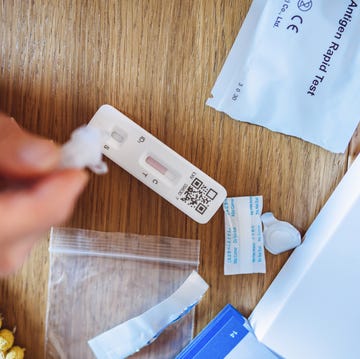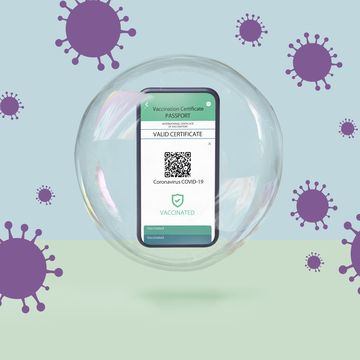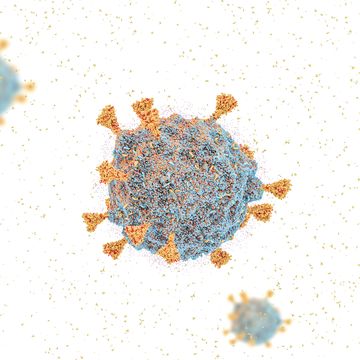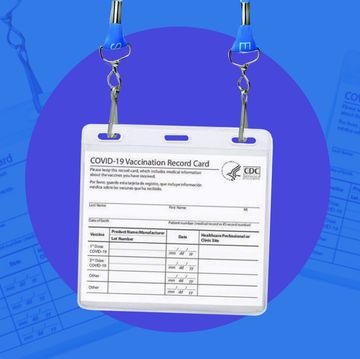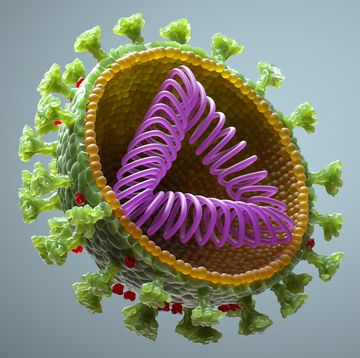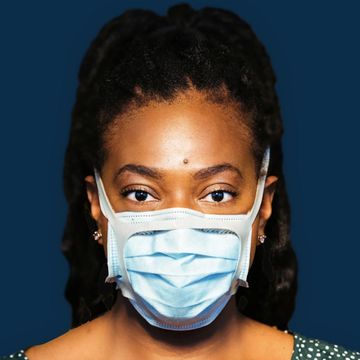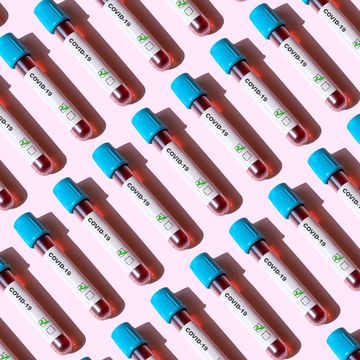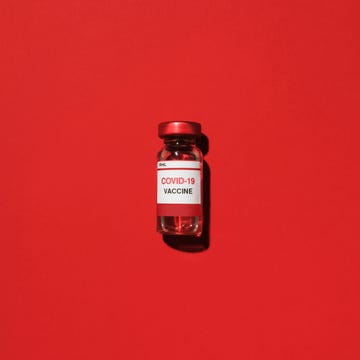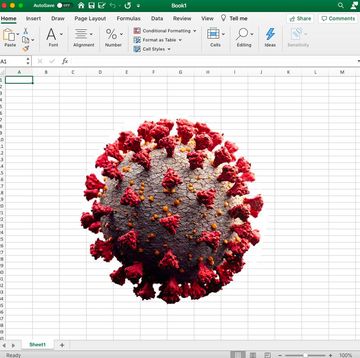- Boston Dynamics' Spot robot is helping hospitals fight COVID-19 (coronavirus) by reducing the amount of direct contact healthcare workers must have with patients.
- The company is open-sourcing all of its work so other mobile robotics makers can leverage the platform to help more frontline workers.
- Next up: Boston Dynamics is also devising ways to use Spot to disinfect hospitals. In some places, robots are already using UV-C lights to do so.
In the U.S., at least 5,400 nurses, doctors, and other healthcare workers treating COVID-19 (coronavirus) patients have contracted the disease themselves. Of those medical professionals, dozens have died—and that's a conservative estimate. Treating patients with a virus that can live on surfaces for days and propagate through the air in respiratory droplets is dangerous, life-threatening work no matter how you slice it.
That's why some Boston-area hospitals have turned to an unlikely assistant: a robotic dog named Spot.
"Starting in early March, [we] started receiving inquiries from hospitals asking if our robots could help minimize their staff’s exposure to COVID-19," Boston Dynamics, the maker of the robot, said in a blog post Thursday. "One of the hospitals that we spoke to shared that, within a week, a sixth of their staff had contracted COVID-19 and that they were looking into using robots to take more of their staff out of range of the novel virus."
Spot has seen internet stardom on YouTube for hijinks like loading a dishwasher, dancing, and hanging out with Adam Savage, but Boston Dynamics recently made the robot available for commercial lease. Since then, the robo-dog has helped bomb squads and worked on an oil rig, but this is its most important gig yet.
Spot has already been deployed at Brigham and Women’s Hospital of Harvard University for two full weeks. Right now, the bot works as telemedicine support, helping frontline staff in ad-hoc environments like triage tents and parking lots.
Generally, protocols require that patients must line up in outside tents for initial temperature readings. This can take up to five medical staff members, who are in high risk of contracting the virus. By using a robot, the hospital can reduce the number of workers in these environments and stow away limited personal protective equipment, like face shields and N-95 masks.
Spot is equipped with an iPad and a two-way radio on its back so healthcare providers can video conference with patients while remotely directing the robot through the lines of patients in the tents.
So far, feedback from the hospital indicates Spot has helped reduce situations where nursing staff could be exposed to contagious patients. "For every intake shift completed by a tele-operated robot shift, at least one healthcare provider is able to reduce their interaction with the disease," Boston Dynamics notes.
Still, there are only so many Spot units to go around, so Boston Dynamics is open-sourcing its hardware and software stack to rejigger the robot for healthcare work. It's all available on the company's GitHub page, down to Computer Aided Drafting files for mounts. The company says no proprietary Boston Dynamics hardware or software is required to transform other robots into triage workers—you just need the open-sourced software.
In fact, Boston Dynamics imagines wheeled or tracked robots would work even better than Spot. So the company has been working closely with Canada's Clearpath Robotics to build out more robotic triage workers.
Boston Dynamics wants to make the robot even more useful in hospital settings by finding a way to remotely measure vital signs like body temperature, respiratory rate, pulse rate, and oxygen saturation levels. After that, the company plans to use UV-C light (or similar technology) to kill virus particles and sanitize surfaces inside hospitals.
So it's safe to say Spot is a very good boy.




